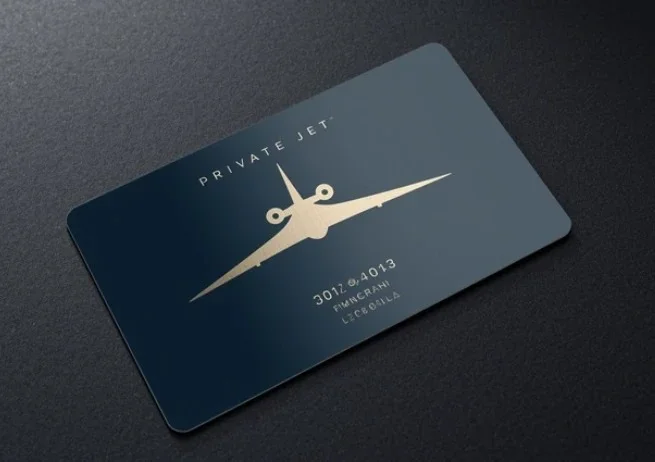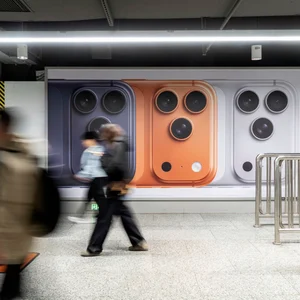Copyright researchsnipers

Private aviation is often seen as the ultimate luxury—freedom, comfort, and convenience in the skies. Yet, for many travelers, full aircraft ownership feels excessive. The costs of maintenance, crew salaries, and hangar fees can outweigh the benefits unless you’re flying hundreds of hours per year. Enter the private jet card: a smart, flexible solution that blends the advantages of private aviation with affordability and convenience. This article explores how private jet cards work, why they’re growing in popularity, and how they compare with other aviation options. If you’re considering private air travel but aren’t ready for full ownership, a jet card may be your perfect fit. What is a Private Jet Card? How Jet Cards Work A private jet card is essentially a membership program that allows you to pre-purchase flight hours on private aircraft. Instead of owning the plane, you buy access to a fleet through an operator. The more hours you purchase upfront, the more flexibility and perks you usually receive. You simply call your provider (or use their app), book your trip, and fly—without worrying about logistics, crew scheduling, or maintenance. It’s private aviation made simple. Types of Jet Cards (Fixed vs. Dynamic Pricing) Jet cards typically come in two models: Fixed Pricing: You pay a set hourly rate regardless of market fluctuations. Predictable, but sometimes pricier. Dynamic Pricing: Rates vary depending on demand, season, and aircraft availability. More risk, but often cheaper during low-demand periods. Many providers now offer hybrid models, giving travelers a balance of security and cost savings. Why Choose a Private Jet Card Over Ownership? Cost-Effective Travel Full ownership involves millions in purchase costs plus ongoing expenses. With jet cards, you only pay for the hours you fly. It’s the difference between buying a luxury villa and renting a penthouse for vacations—you still get luxury, but without the long-term burden. No Long-Term Commitment Unlike ownership or fractional shares, jet cards don’t tie you down. You can scale up or down based on your travel needs, making them ideal for those whose flight patterns fluctuate year to year. Flexibility and Freedom Need a last-minute flight? Want to change your destination? Jet card memberships often guarantee availability within as little as 12–24 hours’ notice. That flexibility is invaluable for executives and families alike. Access to a Diverse Fleet With a jet card, you’re not locked into one aircraft. You can choose a light jet for short hops or a long-range jet for intercontinental travel. Ownership, by contrast, limits you to one type of plane unless you invest in multiple. Key Benefits of Private Jet Cards Predictable Pricing Budgeting becomes easier with fixed-rate jet cards. You know the hourly cost in advance, eliminating the surprise fees common in on-demand chartering. Guaranteed Availability Most reputable jet card programs guarantee access, often with as little as 24-hour notice. That’s a huge advantage during peak travel seasons when charters may be booked out. Streamlined Booking Forget back-and-forth calls with brokers. Many jet card providers offer apps or dedicated concierge teams to streamline the process—think of it as booking a flight with the simplicity of ordering dinner online. Luxury and Personalization From curated catering to custom cabin configurations, jet cards ensure your flying experience is tailored to you. Some programs even store your personal preferences—so your favorite champagne or in-flight entertainment is waiting every time. Comparing Jet Cards with Other Private Aviation Options Jet Card vs. On-Demand Charter On-demand chartering is pay-as-you-go with no upfront commitment. It can be cheaper for infrequent flyers but comes with unpredictable pricing and no guarantees. Jet cards, on the other hand, lock in rates and ensure availability. Jet Card vs. Fractional Ownership Fractional ownership means buying a share of an aircraft, usually committing to 50+ hours a year. It’s more binding than a jet card, with higher upfront costs. Jet cards offer more flexibility for those flying fewer than 100 hours annually. Jet Card vs. Full Ownership Full ownership gives total control but also total responsibility—maintenance, staffing, and millions in overhead. Jet cards provide nearly the same luxury experience without the long-term financial weight. How to Choose the Right Jet Card Program Evaluating Flight Hours and Pricing Models Start by estimating your annual flight hours. If you fly less than 25 hours a year, charter may be better. If you fly 25–100 hours, a jet card makes sense. For 100–400 hours, fractional ownership might be more cost-efficient. Compare fixed vs. dynamic pricing programs to see which aligns with your budget and travel style. Safety Standards and Certifications Never compromise on safety. Look for programs audited by ARGUS, Wyvern, or IS-BAO. These certifications ensure that pilots, maintenance crews, and operators meet rigorous safety standards. Cancellation and Rescheduling Flexibility Life happens—meetings change, vacations extend. A good jet card program should allow changes without outrageous penalties. Read the fine print carefully. Service Quality and Customer Support The best programs provide dedicated account managers and 24/7 support. They should feel more like a luxury concierge service than a booking platform. The Role of Technology in Jet Card Programs Digital Booking Platforms Tech-savvy providers now let members book flights with a few taps. Apps display available aircraft, pricing, and even crew details—making private flying as simple as booking a rideshare. Real-Time Availability Modern platforms provide instant confirmation, flight tracking, and weather updates. This transparency gives members peace of mind and control over their journeys. Sustainability in Jet Card Programs Use of Sustainable Aviation Fuel (SAF) Many providers are turning to SAF, which reduces carbon emissions by up to 80%. Jet card members can request flights fueled by SAF, aligning luxury with responsibility. Carbon Offsetting Initiatives Some operators automatically include carbon offsetting in memberships, funding reforestation and renewable energy projects. While not a complete solution, it’s a step toward greener skies. Common Mistakes to Avoid with Jet Cards Focusing only on price instead of safety and service. Not checking blackout dates or peak travel restrictions. Underestimating travel needs and buying too few hours. Ignoring hidden fees like repositioning charges. Tips for First-Time Jet Card Users Start small with a lower-hour card to test the program. Use your provider’s concierge service for extras like ground transfers. Communicate preferences—dietary, seating, or entertainment—before your first flight. Keep an eye on expiration policies for unused hours. The Future of Private Jet Cards Industry Growth and Demand As more travelers seek flexible alternatives, jet cards are booming. Analysts predict strong growth in memberships over the next decade, especially as more companies shift from fractional ownership to jet card models. Innovations in Membership Models Expect more hybrid models that blend fixed and dynamic pricing, as well as programs that bundle perks like hotel partnerships, exclusive events, and VIP services beyond the flight itself. Private jet cards are revolutionizing how people experience private aviation. They bridge the gap between expensive ownership and unpredictable charters, offering predictable pricing, guaranteed access, and unmatched flexibility. For those flying 25–100 hours annually, jet cards deliver the perfect balance of cost efficiency and luxury. As technology and sustainability reshape the industry, jet cards are becoming not only a flexible alternative but also the future of private travel. 1. How much does a private jet card cost?Prices vary, but most programs start around $25,000–$100,000 for 25–50 hours of flight time. 2. Are jet cards better than chartering flights individually?If you fly frequently, yes. Jet cards provide locked-in pricing and guaranteed access, unlike charters. 3. Do jet card hours expire?Yes, many do—usually within 12–24 months. Always check expiration policies before purchasing. 4. Can I use jet cards for international flights?Most providers allow international flights, but availability depends on the fleet and region. 5. What’s the minimum flight commitment for a jet card?Typically 25 flight hours, though some providers offer entry-level options with fewer hours.



